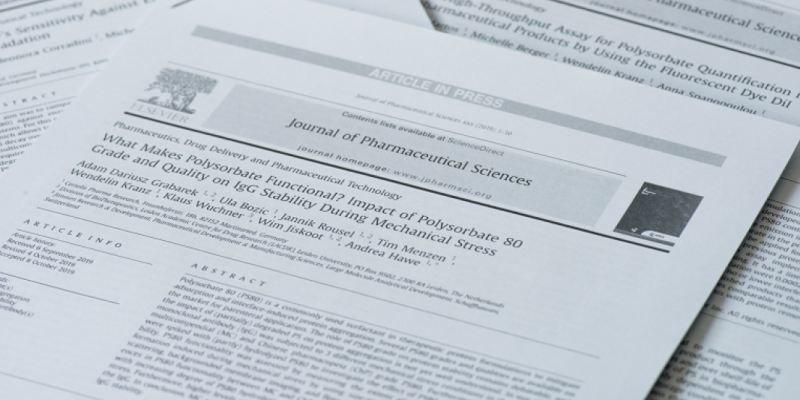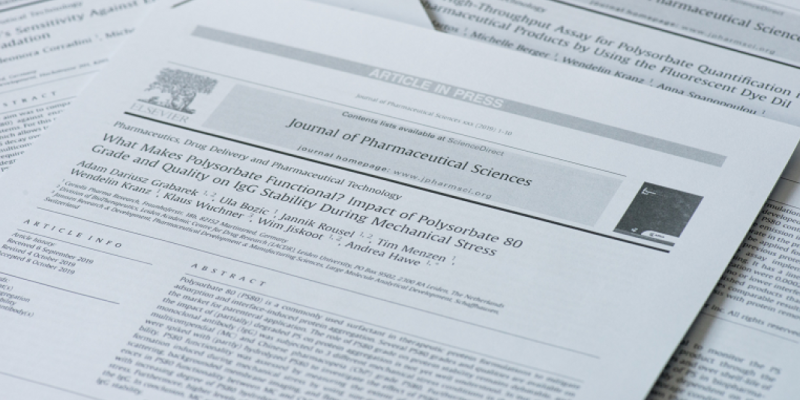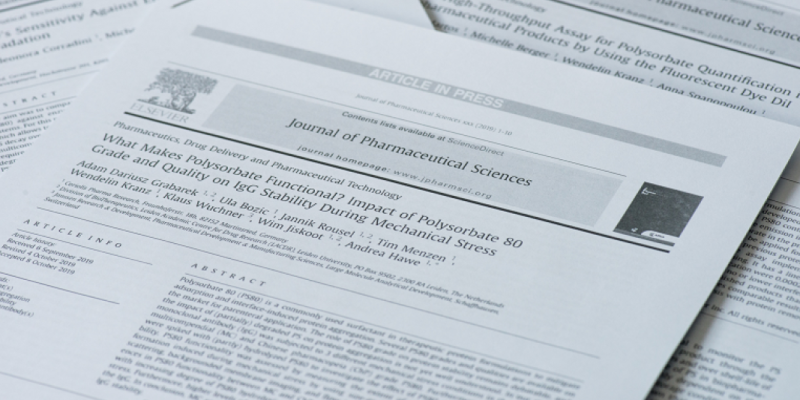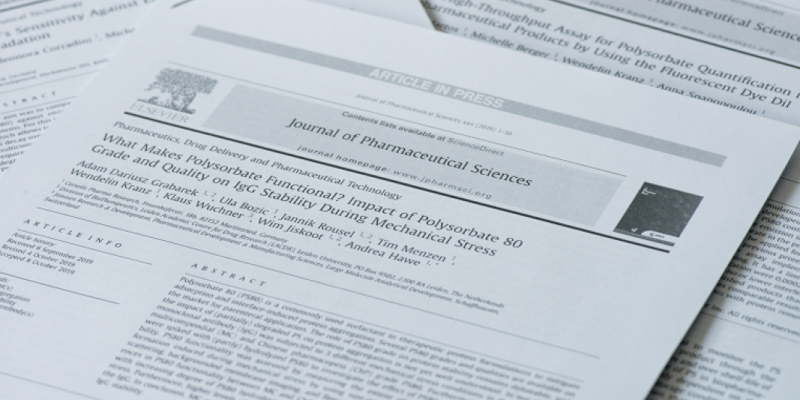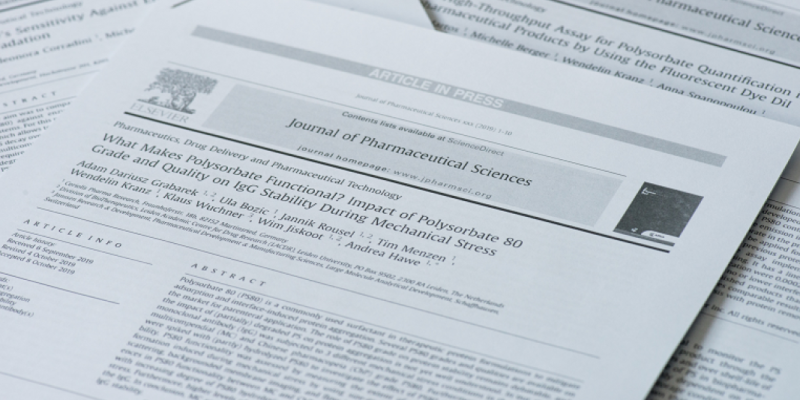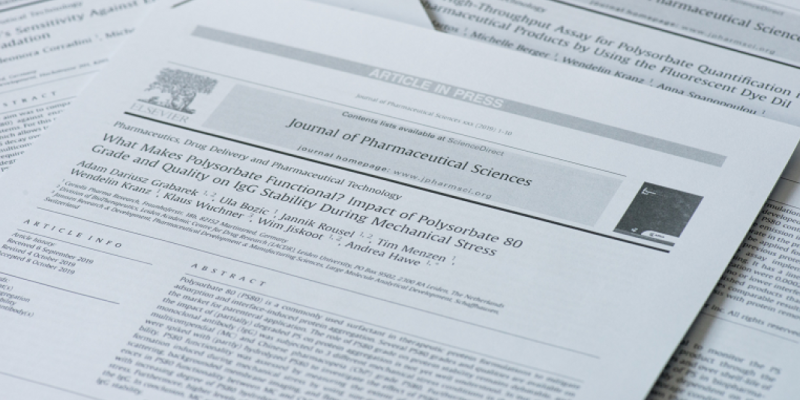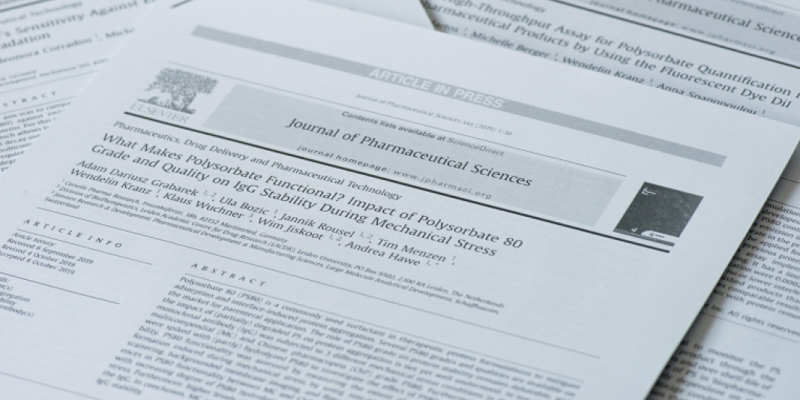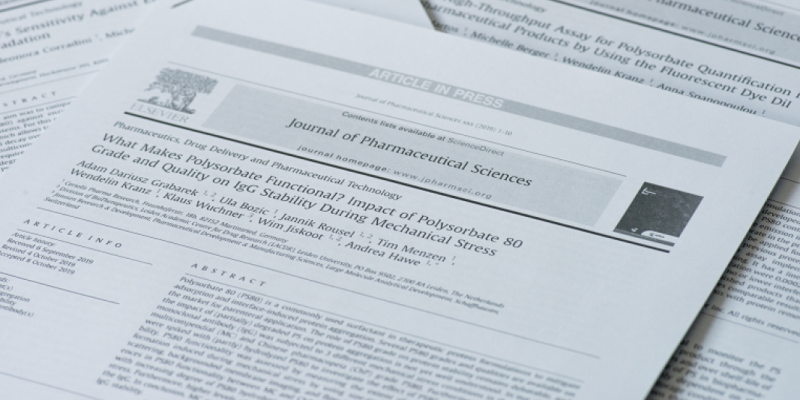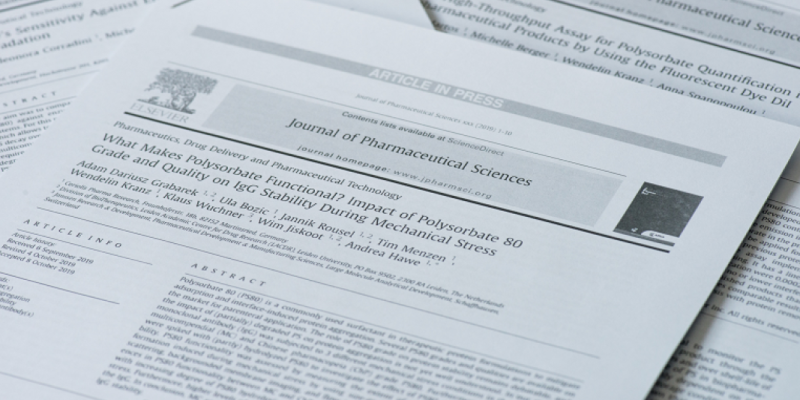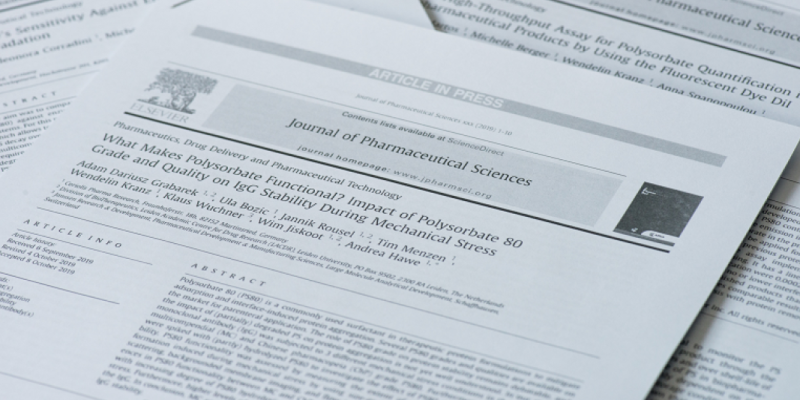Contamination of anti-VEGF Drugs for Intravitreal Injection
Retina. 2018 OCT
Contamination of anti-VEGF Drugs for Intravitreal Injection: How Do Repackaging and Newly Developed Syringes Affect the Amount of Silicone Oil Droplets and Protein Aggregates?
PURPOSE: The particle counts and the nature of particles of three different antivascular endothelial growth factor agents (VEGF) in different containers in a laboratory setting were compared.
METHODS: Original prefilled ranibizumab glass syringes, original vials with aflibercept, and repacked ready-to-use plastic syringes with bevacizumab from a compounding pharmacy and a compounding company (CC) were analyzed. Particle counts and size distributions were quantified by different particle characterization methods (nephelometry, light obscuration, Micro-Flow Imaging, nanotracking analysis, resonant mass measurement). Using high-performance size-exclusion chromatography (HP-SEC), levels of protein drug monomer and soluble aggregates were determined.
RESULTS: Nearly all samples showed similar product quality. Light obscuration and Micro-Flow Imaging showed a 4-fold to 9-fold higher total particle count in compounding company bevacizumab (other samples up to 42,000 particles/mL). Nanotracking analysis revealed highest values for compounding company bevacizumab (6,375 million particles/mL). All containers showed similar amounts of silicone oil microdroplets. Ranibizumab showed lowest particle count of all tested agents with only one monomer peak in HP-SEC. Repackaged bevacizumab from different suppliers showed varying product quality.
CONCLUSION: All three tested agents are available in similar quality regarding particulate purity and silicone oil microdroplet count. Repackaging can have a major impact on the quality.
Retina. 2018 OCT

